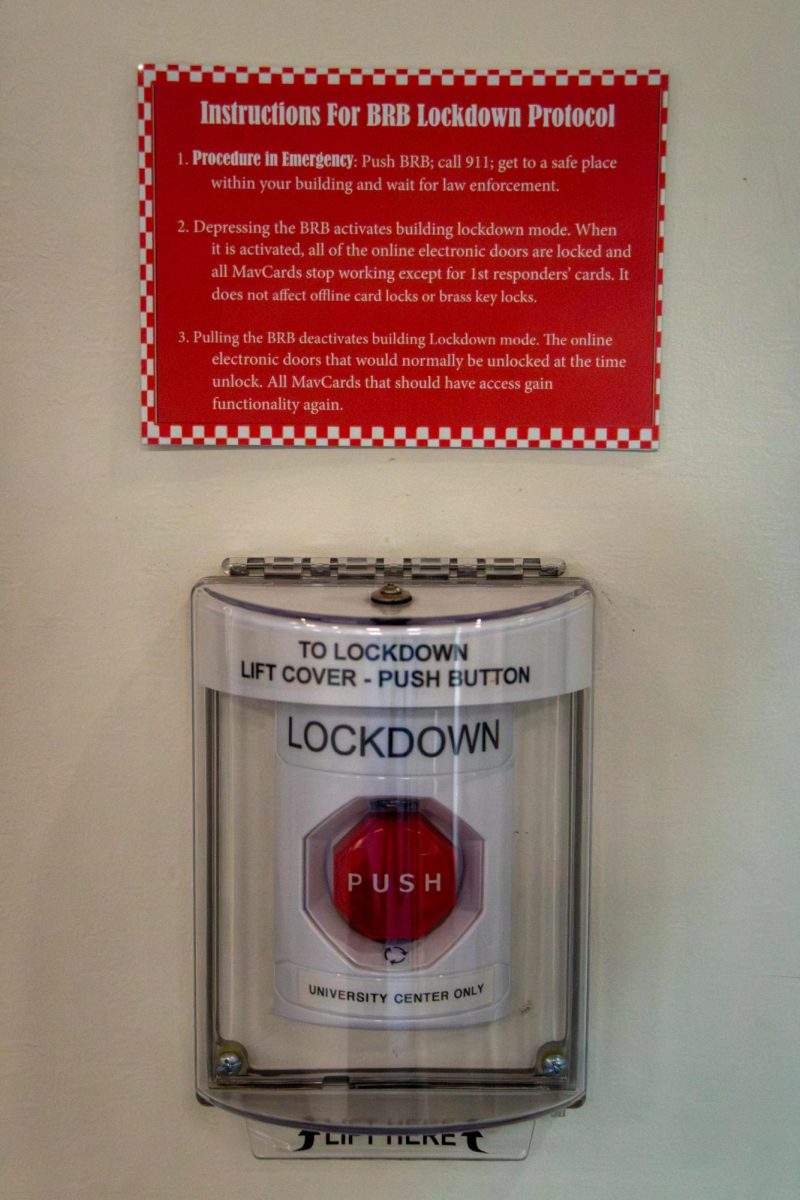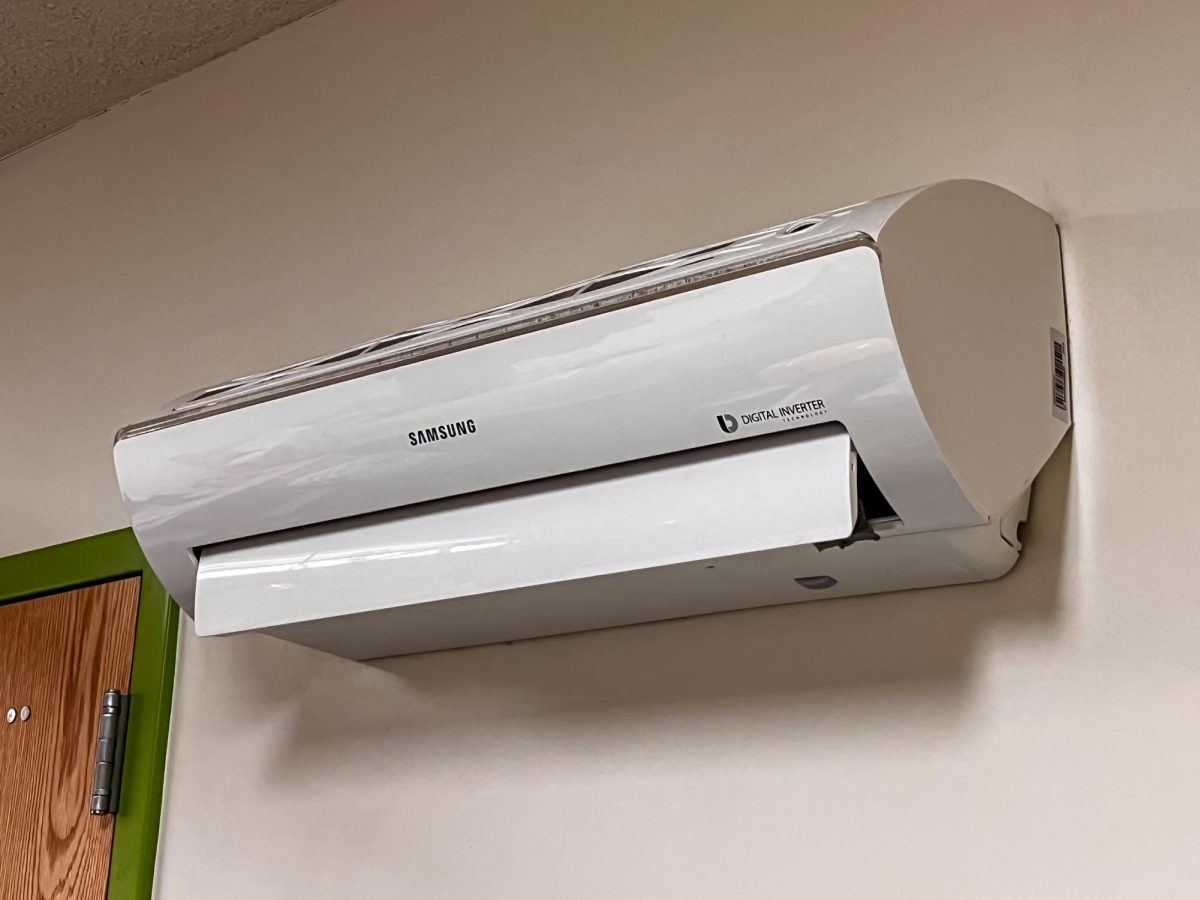Registering for classes can pose some tricky challenges for students, with a wide array of classes to choose from, and potential problems, such as holds, to encounter. This information can help you more accurately anticipate registration, and address potential problems.
When can I register?
Each class standing has different registration dates. Graduate students and seniors can register on Oct. 25. Juniors will be able to register on Oct. 27, sophomores on Oct. 29, freshmen on Nov. 2 and open registration begins on Nov. 8.
Merit students can register the day before the rest of their class. To be considered a merit student, a 3.5 or higher instituional GPA is required.
It is important to note that class standing is based on passed credit hours, so current classes will not count toward standings.
Holds on accounts
Holds are something that many students, especially freshman and sophomores, find themselves tripped up with.
“I would say some of the most common holds would be the immunization hold, because the state of Colorado requires proof of two doses of the MMR, measles, mumps and rubella vaccine,” IRIS Academic Advisor Mary Cummings said.
Another hold to keep in mind is the Selective Service hold, where male students over the age of 18 are required to register for the draft.
Classes are filled up
The biggest majors can have a squeeze on the most popular or required classes, such as Nursing, Psychology and Criminal Justice. It’s recommended that those students, or those that need to take a Speech and Maverick Milestone class, register as early as possible to avoid a run on the classes.
Students that miss the class and find it filled can be waitlisted. Depending on the place in the line and students waiting, you may be able to get into the class. A longer waitlist dips the probability and students can wait until the last moment to drop a class as the Spring semester gets closer, so positions could open up late in the process.
Away from CMU for a while
Students that were away from Colorado mesa University (CMU) for a semester or longer need to fill out a form to return. For those that were gone for a semester, the Stop Out Hold Override form needs to be completed, while those that weren’t attending for a year or more need to fill out the Returning Student Application online.
“That form is to make sure we have the most up to date contact information for that student, if there was a move or something, or phone number change in that time of them being separated from the school for a semester,” Cummings said.
J-Term
J-terms are classes that run between the Fall and Spring semesters for three weeks in January.
“There’s a common misconception that we offer a large variety of classes in the J-term and that’s not really the case,” Cummings said.
Classes offered in the J-term are not typically higher-level or specialized classes and focus on more general or required subjects. The content of a semester-long class is crammed into those three weeks, which can be an intense process that takes a lot of time.
Tips for students
“I would say it’s helpful to meet with your advisor before registration opens, just to be on the same page as far as what your best path to success in terms of being on track for graduation,” Cummings said.
Determining a path for graduation streamlines the process of registering for classes and can ensure there’s nothing skipped or repeated down the line.
Besides meeting with an advisor, students can look up their required classes and estimated graduation path either with the university catalog or the program sheet.













